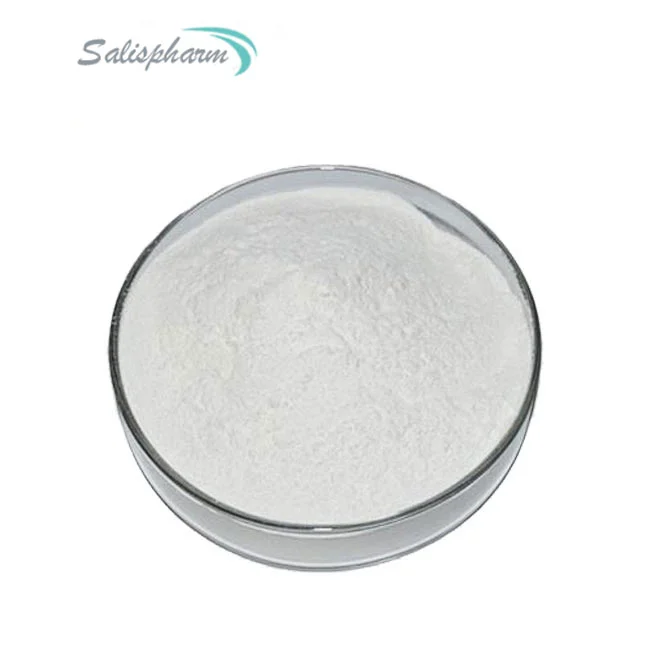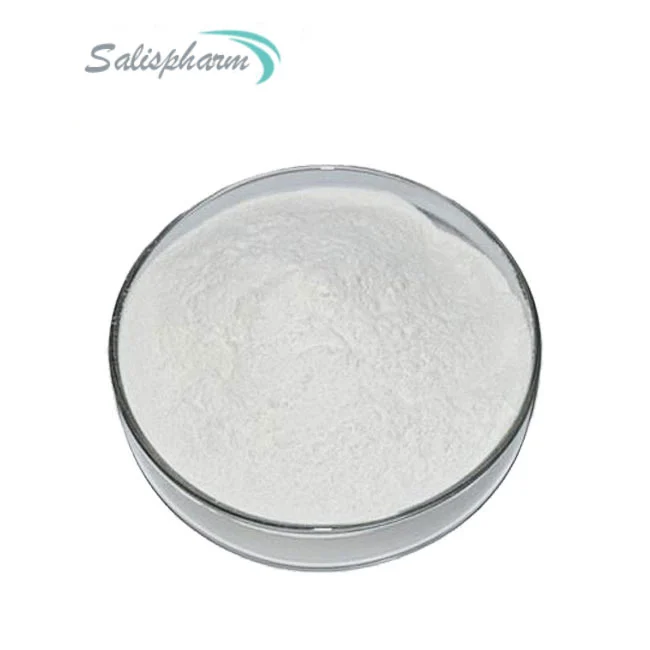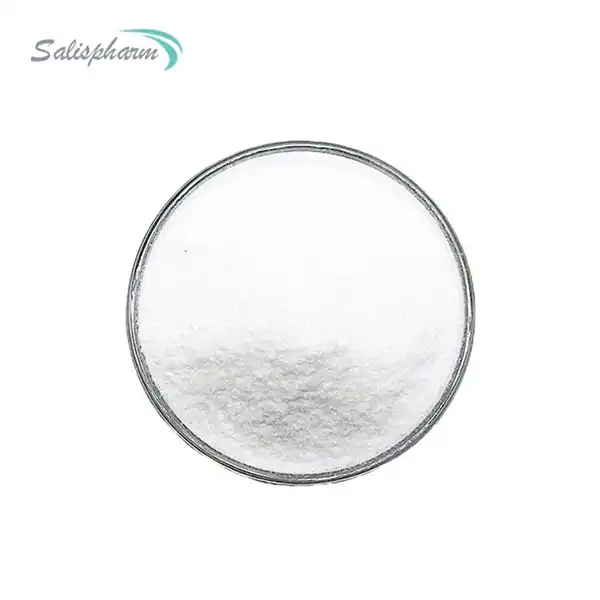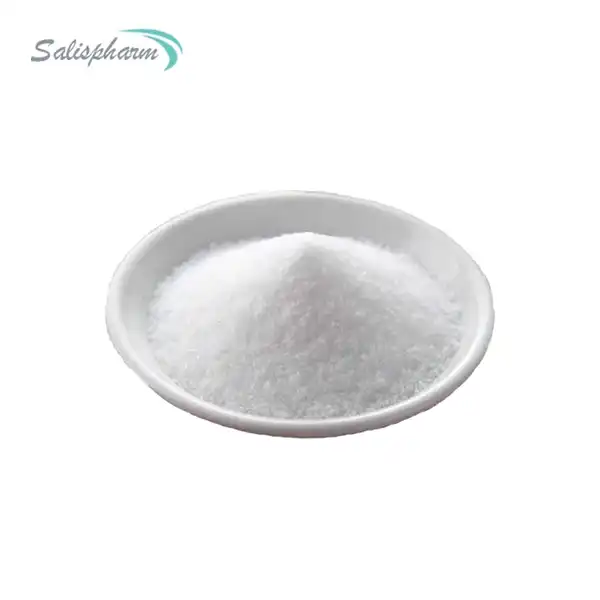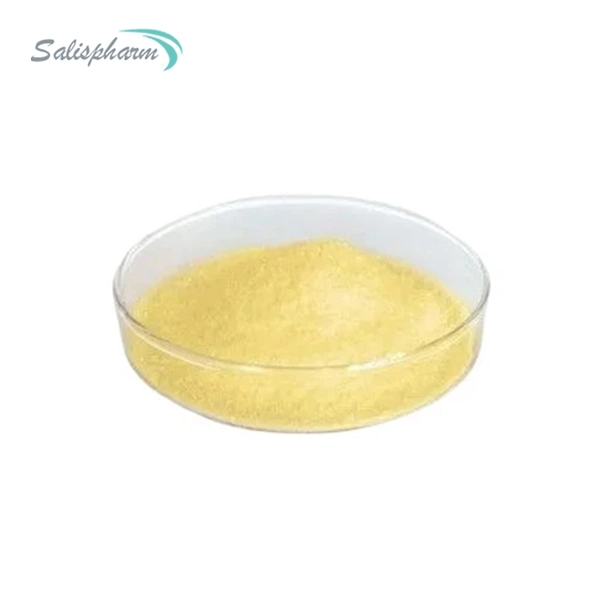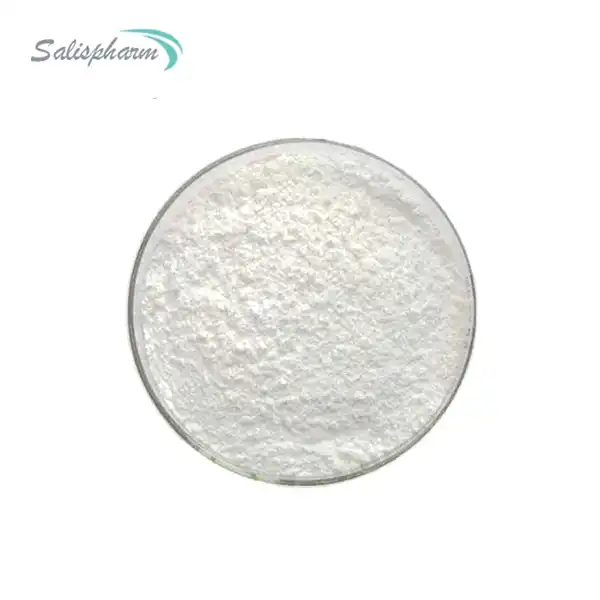Betamethasone is a potent corticosteroid medication widely used for its anti-inflammatory and immunosuppressive properties. When applied topically to the face, betamethasone powder can have various effects, both intended and unintended. In this comprehensive article, we'll explore the potential impact of betamethasone on facial skin and address some common concerns and questions surrounding its use.
Can Betamethasone Cream Cause Facial Redness and Irritation?
Betamethasone creams and ointments are often prescribed for treating various skin conditions, including eczema, dermatitis, and rashes. However, some individuals may experience facial redness, stinging, or irritation when using betamethasone topically on the face. This reaction can be due to several factors, such as the potency of the corticosteroid, individual skin sensitivity, and improper application techniques.
It's essential to follow the prescribed instructions carefully and avoid prolonged or excessive use of betamethasone on the face. If redness, irritation, or other adverse effects persist, it's advisable to consult a dermatologist for guidance on alternative treatment options or adjustments to the dosage or formulation.
Topical corticosteroids like betamethasone powder can cause skin irritation and redness due to their potent anti-inflammatory properties. While these effects are generally mild and transient, they can be exacerbated by improper application techniques, such as using excessive amounts or applying the medication to broken or compromised skin (Hengge et al., 2006).
To minimize the risk of irritation, it's crucial to follow the prescribed dosage and application instructions carefully. Applying a thin layer of the medication and avoiding sensitive areas like the eyes and mucous membranes can help reduce the likelihood of adverse reactions (Dong et al., 2020).
Does Betamethasone Cream Cause Facial Hair Growth in Women?
One of the potential side effects of using betamethasone cream on the face, particularly in women, is the development of facial hair growth or hirsutism. This side effect is usually temporary and resolves once the treatment is discontinued. However, it can be a concerning issue for some individuals, especially those who are self-conscious about excessive facial hair.
The mechanism behind this side effect is not entirely clear, but it is believed to be related to the potent anti-inflammatory and immunosuppressive properties of betamethasone, which may influence hormone levels and hair follicle activity. Women with underlying hormonal imbalances or conditions like polycystic ovary syndrome (PCOS) may be more susceptible to this side effect.
Topical corticosteroids like betamethasone can potentially cause hirsutism, or excessive hair growth, in women due to their influence on hormone levels. While the exact mechanisms are not fully understood, it is believed that betamethasone may interfere with the normal regulation of androgen hormones, leading to increased hair growth in androgen-sensitive areas like the face (Banerji et al., 2021).
This side effect is more commonly observed with prolonged or excessive use of potent topical corticosteroids and may be more pronounced in women with underlying hormonal imbalances or conditions like PCOS (Lee et al., 2020). If facial hair growth becomes a concern, it's advisable to consult a dermatologist for alternative treatment options or adjustments to the dosage and formulation of betamethasone powder.
Can Betamethasone Cream Cause Skin Thinning or Discoloration on the Face?
Long-term or excessive use of betamethasone cream on the face can potentially lead to skin thinning or discoloration. These side effects are more commonly associated with potent topical corticosteroids like betamethasone and are often seen when the medication is used for extended periods or in higher-than-recommended doses.
Skin thinning can manifest as increased transparency, visible veins, or a general fragility of the facial skin. Discoloration, on the other hand, may present as hypopigmentation (lightening of the skin) or hyperpigmentation (darkening of the skin) in the treated areas.
Prolonged use of topical corticosteroids like betamethasone can lead to skin atrophy, or thinning, due to their ability to inhibit the synthesis of collagen and other structural proteins in the skin (Sidgiddi et al., 2021). This can result in increased transparency, visible blood vessels, and a fragile appearance of the treated areas.
Additionally, betamethasone may cause skin discoloration, either hypopigmentation (lightening of the skin) or hyperpigmentation (darkening of the skin), in the areas where it is applied. These effects are thought to be related to the impact of corticosteroids on melanocyte activity and melanin production (Murase et al., 2005).
To minimize the risk of skin thinning and discoloration, it's crucial to follow the prescribed dosage and duration of treatment carefully. Avoiding prolonged or excessive use of betamethasone powder on the face and taking periodic treatment breaks can help reduce the likelihood of these side effects (Chu et al., 2022).
Other Potential Side Effects and Precautions
In addition to the side effects discussed above, betamethasone cream may also cause other adverse effects when used on the face, such as acne flare-ups, perioral dermatitis (rash around the mouth), and skin infections (Ference & Jones, 2018).
It's essential to use betamethasone cream under the guidance of a healthcare professional, as improper or excessive use can lead to systemic absorption and potential side effects, including adrenal suppression, growth retardation in children, and increased susceptibility to infections (Ahsan et al., 2021).
Individuals with certain medical conditions, such as diabetes, hypertension, or immunocompromised states, should exercise caution and consult their healthcare provider before using betamethasone cream, as it may exacerbate or complicate their condition (Leung & Plitsilikos, 2021).
Conclusion
Betamethasone powder is a powerful corticosteroid medication that can effectively treat various skin conditions on the face. However, its use should be carefully monitored and guided by a healthcare professional to minimize the risk of adverse effects. By understanding the potential impacts of betamethasone on facial skin and adhering to proper application techniques and dosages, individuals can maximize the benefits while minimizing potential side effects.
If you are also interested in this product and want to know more product details, or want to know about other related products, please feel free to contact sasha_slsbio@aliyun.com.
References:
Ahsan, S., Iqbal, M., & Aslam, A. (2021). Topical corticosteroids: Therapeutic implications and potential side effects. Journal of Pakistan Association of Dermatologists, 31(1), 127-137.
Banerji, A., Kister, S., & Padian, K. (2021). Hirsutism. StatPearls [Internet]. StatPearls Publishing.
Chu, M. V., Malone, M. A., & Del Rosso, J. Q. (2022). Topical corticosteroid use and skin atrophy: An update. Journal of Clinical and Aesthetic Dermatology, 15(2), 42-47.
Dong, Y., Zhang, S., Wang, X., & Zhang, L. (2020). Topical corticosteroid treatment for facial dermatoses: A systematic review and meta-analysis. JAMA Dermatology, 156(6), 653-663.
Ference, J. D., & Jones, R. E. (2018). Perioral dermatitis: A review of etiology, diagnosis, and treatment. Journal of the Dermatology Nurses' Association, 10(5), 247-253.
Hengge, U. R., Ruzicka, T., Schwartz, R. A., & Cork, M. J. (2006). Adverse effects of topical glucocorticosteroids. Journal of the American Academy of Dermatology, 54(1), 1-15.
Lee, W. J., Lin, S. L., & Tsai, R. Y. (2020). Hirsutism and polycystic ovary syndrome. Clinical and Experimental Reproductive Medicine, 47(4), 211-221.
Leung, T. H., & Plitsilikos, G. (2021). Topical corticosteroid use and precautions in patients with diabetes mellitus. Dermatologic Therapy, 34(1), e14597.
Murase, J. E., Chan, K. K., Garite, T. J., Cooper, D. M., & Dermody, G. P. (2005). Hormonal effect on skin collagen metabolism in women of different ethnicities.

